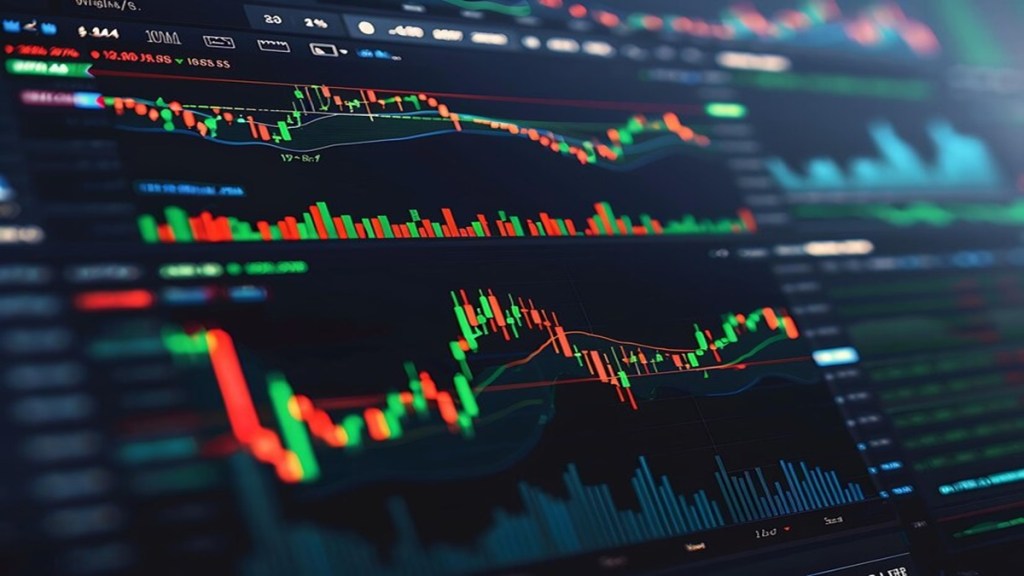Over the past two decades, India has evolved into one of the largest and most liquid derivatives markets in the world, driven by increasing participation from retail investors. One surprising aspect has been the growing participation of women traders in the equity derivatives segment.
In a surprising analysis, a SEBI survey has revealed that women traders in the futures & options (F&O) category performed better than men.
Even as the proportion of women traders participating in F&O has decreased from 14.9% in FY 2021-22 to 13.7% in FY 2023-24, less proportion of women traders incurred losses, the Securities and Exchange Board of India (SEBI) survey showed.
Gender-wise, while 91.9% men made losses in F&O in FY24, 86.3% women traders suffered losses in F&O, the survey report disclosed.
Female traders recorded an average loss of Rs 75,973 in FY24, significantly lower than the Rs 88,804 average loss faced by male traders. Women outperforming men in the F&O trading underscores their resilience and strategic approach in navigating market volatility.
F&O Trading: Nine out of ten traders suffer losses
The SEBI survey also brings to the fore a harsh reality from the F&O space – nine out of ten traders suffer losses. Over the three-year period, total aggregate losses booked by F&O trader reached Rs 1.8 lakh crore, impacting over 1 crore individual traders. Their average loss stood at Rs 2 lakh each during this three-year period.
Notably, the top 3.5% of loss-makers — about 4 lakh traders — experienced average losses of Rs 28 lakh per person since FY22.
Only 1% of traders managed to earn profits exceeding Rs 1 lakh
If we talk about profitability, only 1% of traders managed to earn profits exceeding Rs 1 lakh after transaction costs, highlighting the challenges of trading in the F&O market.
These SEBI findings should be an eye opener for those retail traders who enter the space getting influenced by finfluencers through various social media platforms.
Also read: SEBI mandates UPI for public issues of debt securities
Conclusion:
The survey data shows that women traders have demonstrated a strong capacity for risk management. They have shown a more cautious and strategic trading style. However, the decline in their participation raises some questions about potential barriers women face in the trading environment.

